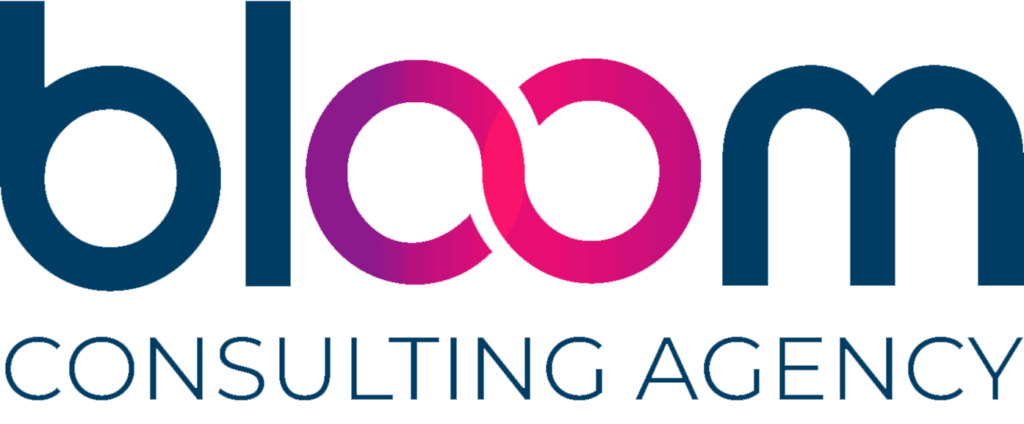In the complex landscape of healthcare and insurance, the verification of benefits (VOB) plays a pivotal role in ensuring accurate and efficient processing of claims. As healthcare providers navigate the intricate web of insurance policies, it becomes imperative to adopt and adhere to the best practices in verification of benefits. This process not only safeguards against potential errors and discrepancies but also enhances the overall financial health of healthcare organizations by streamlining reimbursement processes.
What is patient eligibility and benefits verification?
Patient eligibility and benefits verification serve as the initial steps in ensuring seamless and accurate financial transactions between healthcare providers and insurance companies. Patient eligibility verification involves confirming whether an individual is covered by a specific insurance plan and assessing the scope of their coverage. This includes validating details such as policy status, effective dates, and any applicable co-pays or deductibles. Benefits verification delves deeper into the specifics of the coverage, identifying the extent of services covered, limitations, and any pre-authorization requirements. Together, these processes help healthcare providers determine the financial responsibility of the patient, prevent claim denials, and streamline the billing and reimbursement cycle.
Information to be provided for patient eligibility and benefits verification
The first piece of information needed includes the patient’s demographics, encompassing full name, date of birth, address, and contact details. Details about the patient’s insurance coverage are also needed, including the insurance provider’s name, policy number, group number, and the policy’s effective date. Confirming network provider status ensures that healthcare services are within the patient’s covered network. It is important to know iInformation on billing requirements, coordination of benefits in cases of multiple insurance plans, and clear communication of the patient’s financial responsibilities, including co-pays and deductibles. Accurate gathering of this data not only facilitates seamless claims processing but also contributes to a transparent and efficient financial interaction between healthcare providers and patients.
Electronic and manual eligibility verification processes
Electronic and manual eligibility verification are two distinct approaches to confirming a patient’s insurance coverage and benefits. Each method comes with its own set of advantages and challenges:
- Electronic Eligibility Verification: This process leverages electronic means, utilizing integrated systems to access real-time information from insurance providers. Electronic verification offers several benefits, including speed, accuracy, and efficiency. Healthcare providers can retrieve up-to-date details on a patient’s coverage, including policy status, deductible amounts, and co-pay information. Automated systems also enable real-time verification, reducing the risk of errors and streamlining the billing process.
- Manual Eligibility Verification: This process typically requires contacting insurance companies directly via phone, fax, or online portals. Manual verification allows for direct communication with insurance representatives, facilitating clarification of specific details and ensuring a nuanced understanding of the patient’s coverage.
In practice, healthcare organizations often adopt a combination of both electronic and manual eligibility verification methods. Electronic systems provide speed and efficiency for routine verifications, while manual processes offer flexibility and a personalized touch in handling more complex or unique cases.
Timeliness of eligibility checks
Timely eligibility verification ensures that accurate and up-to-date information about a patient’s insurance coverage is obtained before the delivery of healthcare services.. Eligibility checks should be performed at least 48 hours before an appointment. If this cannot be done, eligibility checks can be run in real time during appointment check in. By confirming the patient’s eligibility in a timely manner, providers can identify potential coverage issues, such as expired policies or lapsed benefits, reducing the risk of claim denials and billing errors
Checklist for eligibility verification
Eligibility verification in healthcare requires a thorough gathering of information to ensure accurate processing of insurance claims and financial transactions:
- Patient Demographics: Includes patient’s full name, date of birth, address and insurance Information:
- Insurance information: Insurance provider’s name, policy number, group number, policy effective date, policy status (active, inactive)
- Coverage Details:Includes covered services, exclusions and limitations, co-pay amounts, deductible information, coinsurance percentages
- Pre-Authorization Requirements: Check if pre-authorization is required for specific procedures or treatments.
- Network Provider Status: Confirm if the healthcare provider is within the patient’s covered network.
- Billing and Claims Information: Verify billing requirements and preferred claim submission format. Note any specific coding requirements.
- Coordination of Benefits (COB): Determine if the patient has multiple insurance plans. Identify the primary and secondary insurers.
- Patient Financial Responsibility: Clearly communicate co-pays, deductibles, and any other out-of-pocket expenses.
- Verification Method: Specify whether verification is electronic, manual, or a combination of both.
- Documentation and Follow-Up: Record verification details in the patient’s file.
Outsourcing eligibility and benefits verification processes
Outsourcing eligibility and benefits verification processes has become a strategic choice for many healthcare providers aiming to enhance operational efficiency and focus on core medical functions. By entrusting these tasks to specialized third-party service providers, healthcare organizations can tap into dedicated expertise, streamlined processes, and advanced technologies for more accurate and timely verification. Outsourcing allows for scalability, enabling providers to manage fluctuating workloads without the burden of hiring and training additional in-house staff. Furthermore, outsourcing providers often stay abreast of evolving healthcare regulations and industry standards, ensuring compliance and reducing the risk of errors. While cost savings and efficiency gains are notable advantages, healthcare providers must carefully select reputable outsourcing partners with robust security measures to safeguard sensitive patient information and maintain the integrity of the verification process.
Eligibility and benefits verification company competencies
Eligibility and benefits verification companies demonstrate competencies in leveraging advanced technologies for efficient and accurate processing of insurance information. These companies often possess a deep understanding of healthcare regulations, insurance policies, and industry standards, ensuring compliance and reducing the risk of errors in the verification process. Their expertise extends to effective communication with insurance providers, allowing for swift resolution of any discrepancies and ensuring a seamless and transparent patient experience.
Find help with verification of benefits in South Florida
Our team of seasoned experts combines extensive knowledge of healthcare regulations with cutting-edge technology, ensuring accurate and timely verification of patient benefits. Elevate your administrative efficiency, minimize claim denials, and enhance patient satisfaction by leveraging the specialized competencies of Bloom Healthcare Consulting. Contact us today for a tailored solution that aligns with the unique needs of your healthcare practice.









